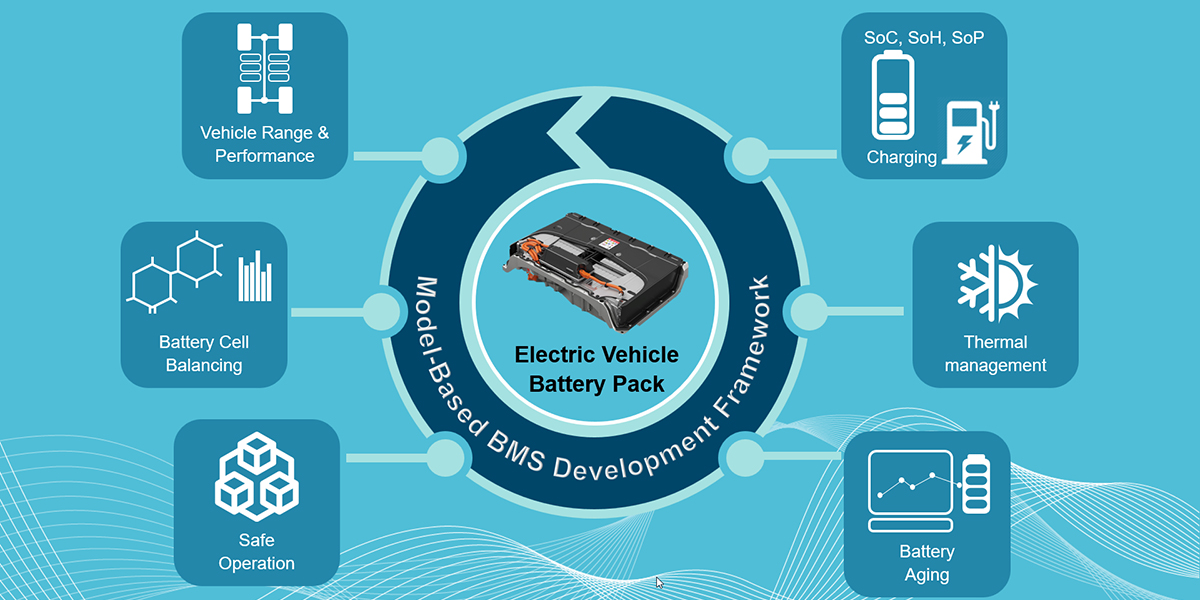What is Battery Management System and why lithium Battery Needs it?
The winter of EVs is on its way and it’s called the summer season. Last year we saw various EVs and battery stations catching fire. When the government did the analysis, it was found that most of the batteries didn’t have any safety measures. So the government introduced AIS 156 amendments that mentioned smart batteries or batteries with BMS. But the question is what is BMS and why does your lithium battery need it?
What is BMS?
A BMS allows for continuous monitoring, data collection, and communication to an external interface where users can view the status of each cell as well as the overall health of the battery pack. A battery management system (BMS) monitors and manages a battery pack to protect it from damage, extend its life, and keep the battery operating within its safe limits. These functions are critical for efficiency, dependability, and safety.
Users can monitor individual cells within a battery pack using a battery management system. It is critical to maintaining stability throughout the pack as cells collaborate to release energy to the load.
What does a BMS measure?
A BMS can record data such as current, voltage, temperature, and coulomb count. Using these measurements, the system can assess the battery’s health and adjust operations as necessary to protect the pack.
A decrease in cell voltage at a given load, for example, can indicate an increase in internal resistance. This could indicate dry-out, corrosion, plate separation, or other diagnoses.
A sudden rise in the temperature of one cell may indicate the possibility of a thermal runaway event affecting the entire battery pack. The BMS could then stop the flow of energy and notify the user of a potential problem, allowing it to be contained before it becomes uncontrollable.
BMS with SoC and SoH
The state of charge (SoC) and state of health (SoH) of a battery are important indicators for determining its usability and capabilities. The SoC and SoH work together to provide a state of function, an overview of the battery, and an overview of the pack’s capabilities as a whole.
The most straightforward and common measure that a person would come across is the state of charge. The percentages of charge on phones and laptops are the states of charge. The SoC in electric vehicle batteries is used to calculate the remaining range of the car before it needs to be recharged. This, however, is not indicative of the battery’s overall health.
While SoC can show the battery’s short-term capability (how much energy is left), it cannot show the true capacity of the battery cell or pack. Cell capacity decreases with age, so while SoC may read 100%, the true capacity is likely to be less after a while.
Nonetheless, SoC remains an important metric in battery management. For example, to balance the load evenly across cells within the pack, the SoC of individual cells in the battery chain must be known.
In addition to SoC, the State of Health assesses the battery pack’s long-term capabilities.
SoH is an estimate of how long a battery can operate optimally based on charge acceptance, internal resistance, voltage, and self-discharge. It is usually measured against a new battery cell to determine where the cell is in its lifecycle.
There are no standard parameters for indicating SoH because it is determined by the function and applications of the battery cell. To calculate the overall SoH, different parameters such as cell resistance or self-discharge can be individually weighted.
Because SoH is typically measured against a new cell, the BMS must keep a record of the battery’s initial conditions as well as a log of measurements throughout the battery’s lifecycle to provide a more accurate indication of battery health.
Now the most important question is why BMS is so important.
A BMS is useful not only for indicating the health of a battery but also serves to protect the battery while it is in use.
Each battery cell and chemistry has a safe voltage, temperature, and current operating range. When a cell falls below or exceeds these limits, the BMS can detect and control it. Because lithium, for example, is a highly reactive substance, the BMS should monitor each lithium cell to ensure that it operates within predefined limits. This protects and preserves the battery in the long run.
Cell balancing is another important safety feature of a BMS. Individual cells in a battery pack do not operate in the same way. One cell in the chain may be weaker or stronger than another, charging or discharging faster. Without proper compensation, this could harm the overall health of the pack. If one cell short circuits or fails, the stability of the entire pack suffers. Cell balancing equalizes the charge of individual cells based on their capabilities. The BMS monitors and controls the charge demanded from each cell in the chain, ensuring that SoC is distributed evenly.
To know more about our batteries, contact us
Join the EV Revolution with Ipower Batteries





